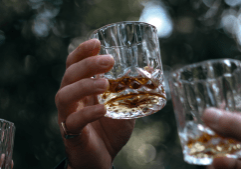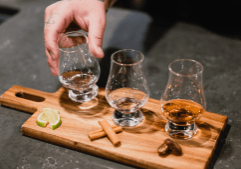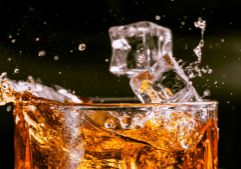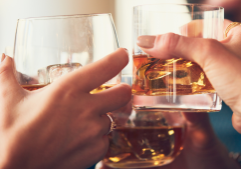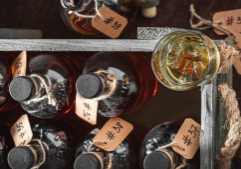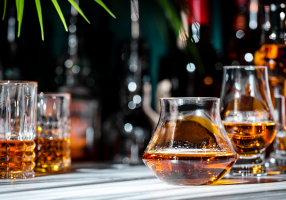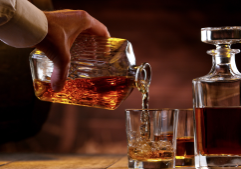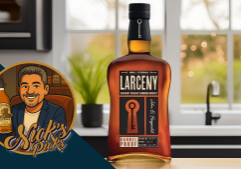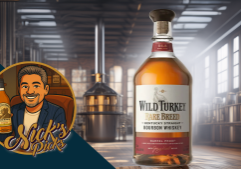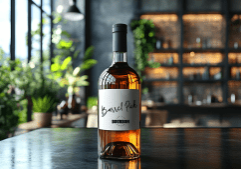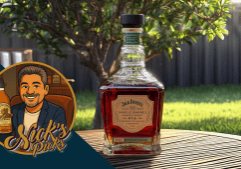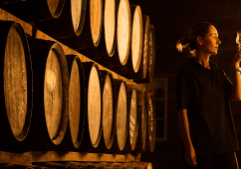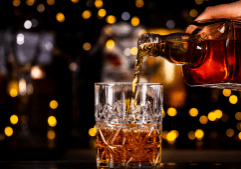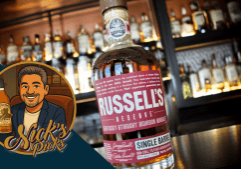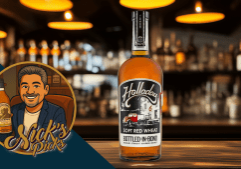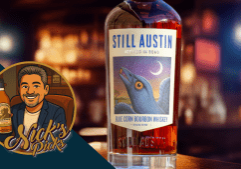Let’s settle something right off the bat: older doesn’t always mean better—especially when it comes to bourbon. Yeah, age statements can look impressive on a label. And sure, a well-aged pour can be a thing of beauty. But if you’ve ever had a 15-year bottle that tasted like wet bark and disappointment, you already know: there’s more to the story than just time.
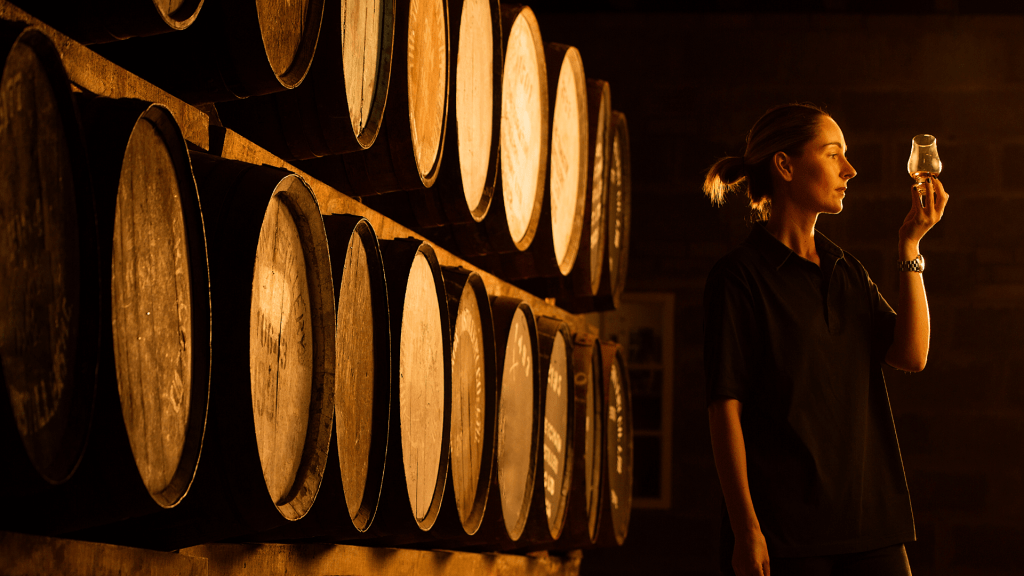
So, what really happens inside that barrel? Why do some 6-year bourbons blow you away while some 12-years leave you wondering what all the fuss was about? Let’s dive into the magic—and mystery—of bourbon maturation.
The Barrel is the Boss
Here’s the thing—bourbon doesn’t age in years, it ages in barrels. That charred white oak barrel is doing all the heavy lifting after the distiller is done. It’s where the spirit gets its color, its complexity, and those big beautiful notes of caramel, vanilla, and spice we all chase.
A general rule of thumb?
- The barrel contributes about 60-70% of a bourbon’s flavor
- The remaining flavor comes from the mash bill, yeast strain, and distillation technique
That means the type of barrel, the warehouse location, the climate, and even how often it breathes (i.e. how many seasonal swings it experiences) all matter more than simply how long it’s been sitting there.
Hot Climates = Fast Maturation
Bourbon aged in Kentucky, Texas, or Tennessee gets exposed to major temperature shifts, which expand and contract the liquid inside the barrel, pulling flavor from the wood faster. That’s why a 6-year-old Texas bourbon might drink like a 10-year-old Kentucky one.
So if you’re judging by age alone, you’re missing the bigger picture.
Sweet Spot: Not Too Young, Not Too Old
Here’s where things get nerdy and fun. In general:
- 2-4 years: You’ll taste a lot of grain and heat. Young and feisty. Great in cocktails but rough neat.
- 6-8 years: The sweet spot for many distilleries. Balanced, rich, flavorful. Think Elijah Craig Small Batch or Wild Turkey 101.
- 10-12 years: You start getting deeper oak, spice, and baking notes. Still vibrant if well-aged.
- 15+ years: Entering “leathery library” territory. Can be divine… or dusty and over-oaked if not monitored carefully.
Too much time and you risk what we call “wood soup”—a pour so tannic it sucks the moisture out of your mouth.
The Secret Sauce: Balance
The best bourbons—whether they’re 5 or 15 years old—are all about balance.
You want that:
- Sweetness from caramelized wood sugars
- Rich vanilla and butterscotch from the charred oak
- Spices like cinnamon and clove from deeper wood interaction
- Plus a pop of fruity or nutty notes from the mash bill
When those flavors dance together—not fight for attention—that’s where the magic lives.
So… Should You Still Chase the Old Stuff?
If you enjoy collecting, sure. There’s nothing wrong with flexing a dusty 17-year on your shelf. But don’t sleep on the younger bottles that are well-made, well-aged, and full of character.
Remember: age doesn’t equal quality—and it sure as hell doesn’t equal taste.
Drink what you like. Love what surprises you. And keep exploring.
Nick’s Final Sip:
“A good bourbon doesn’t need a big number—it just needs to taste like home.”
Stay curious, stay generous, and keep that palate sharp.
See ya next pour.
—Nick


